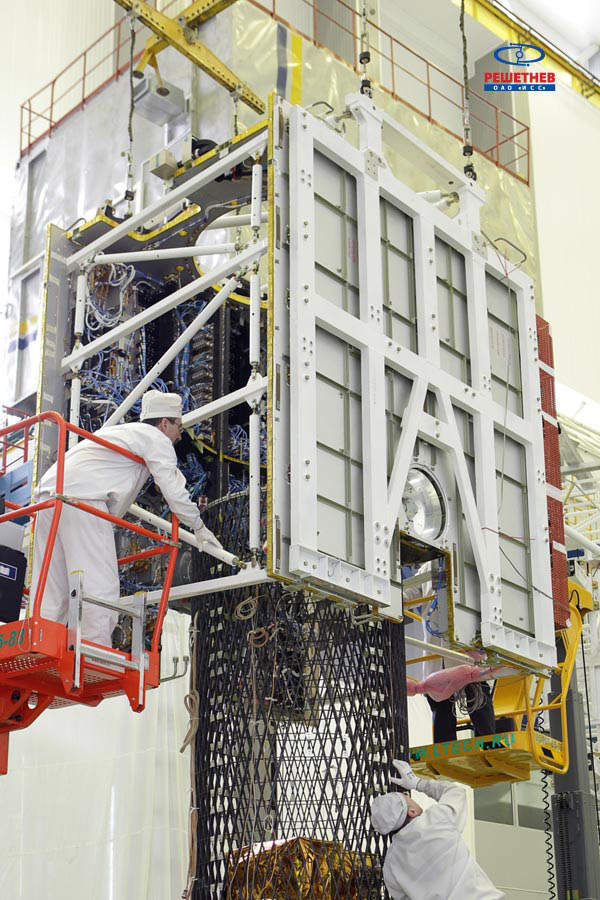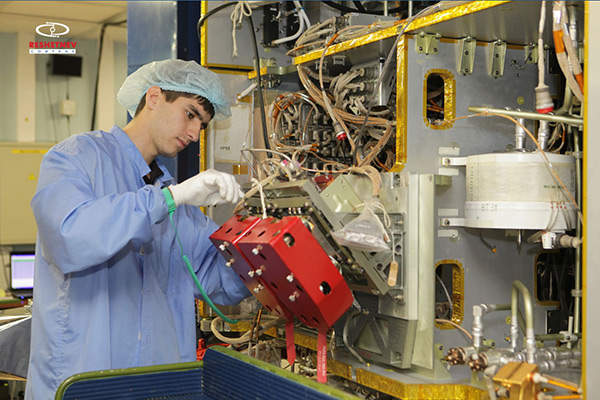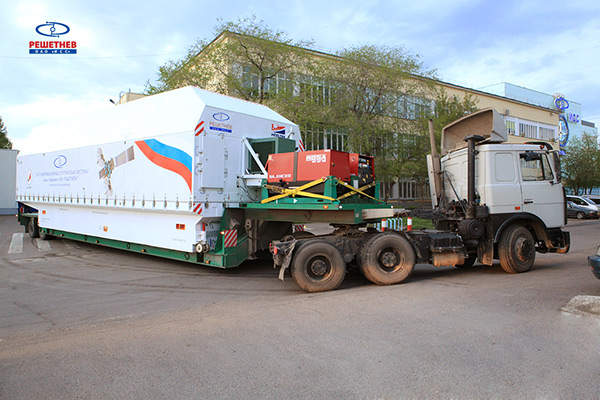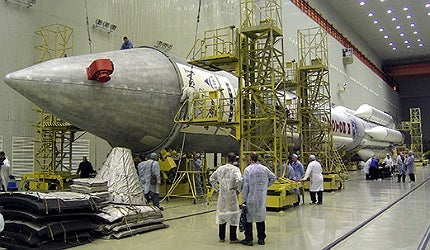Telkom-3 was an Indonesian communications satellite, developed to improve the information communications technology (ICT) infrastructure of the country. The satellite was developed by InfoCom services and network provider Telekomunikasi Indonesia (Telkom). The company already operates the Telkom-2 satellite, which launched in November 2005.
Indonesia has about 160 transponders. The demand for communication satellites was increasing due to the continuous expansion in usage of the internet, broadcasting, triple play, quadruple play and 3G. Telkom-3 was the first Indonesian satellite that was procured from Russia.
The Telkom-3 satellite was launched into space using Proton Breeze M rocket in August 2012. It was, however, lost due to failure of the upper stage of the rocket. The satellite was stranded in the wrong orbit. In October 2012, the Breeze M rocket upper stage exploded, leaving large pieces of debris in the orbit.
The satellite was intended to be mainly used for commercial purposes such as broadcasting and communications services. It was to provide services to government-owned organisations, military and security agencies. The project was developed at an estimated cost of $200m.
The satellite was to cover the lines that were not reached by the terrestrial network of optical fibres. It was to improve the quality and capacity of large data communications. The satellite was to provide a system for mobile communications (GSM), internet and direct-to-home (DTH) services in Indonesia, south-east Asia and Indochina regions.
Development of Indonesia’s satellite
Telkom signed a contract with Russian satellite manufacturer Information Satellite Systems (ISS) – Reshetnev Company (Academician M.F. Reshetnev ISS) in 2009 for the development of Telkom-3.
ISS-Reshetnev provided an 18-month internship training programme to the representatives of Telkom at its headquarters in Zheleznogorsk, Siberia, in April 2010. The delegates received training and information on the satellite design, software simulator and ground control.
Electrical tests were conducted on the payload of the satellite in May 2011. Several vibration and thermal vacuum tests were also conducted. The telecommunications spacecraft was completed and was ready for launch in May 2012.
The instruments of Telkom-3 underwent a complete cycle of on-ground experimental and high frequency tests for electromagnetic compatibility. The satellite was subsequently shipped to the Baikonur launching site for pre-launch preparations. The satellite was transported using the Antonov An-124 Ruslan aircraft, in a container maintained at specified humidity and temperature conditions. A control system was used to monitor the environmental conditions inside the container.
The ground control centre was also completed at the same time. It is equipped with mission control, antennas and tracking, telemetry and command (TT&C) systems.
Tests were conducted to verify the software responsible for signal transmission. It also provided computer modelling and software simulators to test the responsiveness of the satellite operations which were commanded from the centre.
Telkom-3 communications satellite features
The launch mass of the satellite was about 1.6t. It had about 5.6kW of payload power. Telkom-3 was to increase the operational capabilities and coverage range of Telkom. It was equipped with 42 new transponders in Ku-band (ten) and C-band (32). The orbital location of the satellite was intended to be 118°E. The Telkom-3 satellite was expected to have an operational life of 15 years.
The transponders were equalised to 49 transponders @36MHz. These included 24 Standard C-band transponders at 36MHz, eight 54MHz Ext. C-band transponders and four transponders at 36MHz and six Ku-band transponders, at 54MHz.
The standard C-band was intended to geographically cover the Indonesian and ASEAN regions, Ku-band was to cover Indonesia, while the Ext. C-band was to cover Indonesia and Malaysia.
Of the total amount, about 20 transponders (40-45%) were to be used for commercial purposes. The remaining transponders were intended to provide additional capacity to the Telkom Group services.
Contractors involved with Indonesia’s Telkom-3 project
ISS Reshetnev was the prime contractor for building the Telkom-3 and associated ground control systems. The company provided its unpressurised medium-class Express-1000H satellite platform for the project. It also provided launching, on-orbit support and training services.
Integration and testing of the satellite was conducted at the ISS manufacturing facility in Zheleznogorsk, Siberia.
Thales Alenia Space of France provided the communication sub-systems payload for the satellite. The repeater and antennas payload were electrically tested and integrated with the satellite. The contracts were awarded in March 2009.
Related content
Telkom 2 Communication Satellite, Indonesia
Telkom 2 is a communication satellite principally used to provide high speed communication for internet, data, voice and video services to Indonesia.
Telstar 14R Telecommunications Satellite, United States of America
The Telstar 14R is a telecommunication satellite used to render mobile communication and digital broadband services to America, Brazil and North and Mid-Atlantic Ocean regions. It is the second mobile communication spacecraft in the Telstar fleet.






